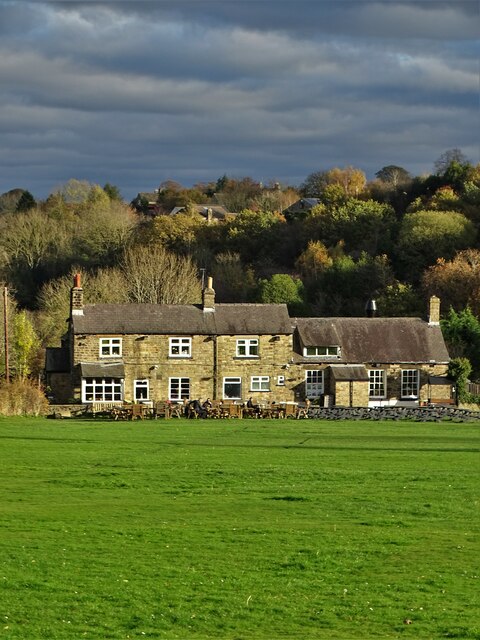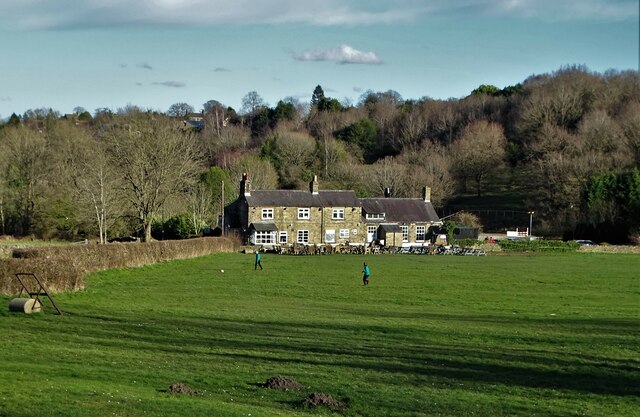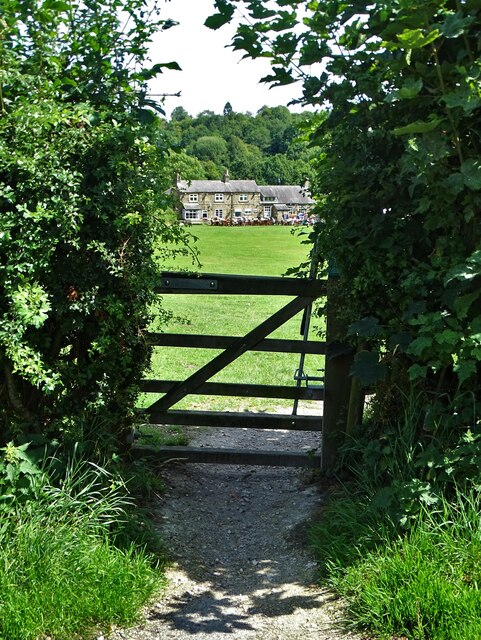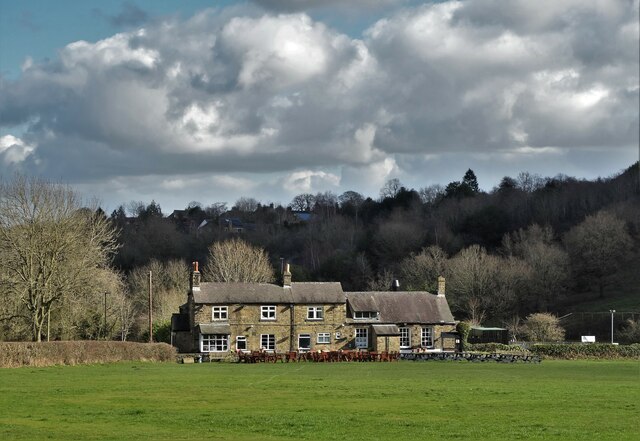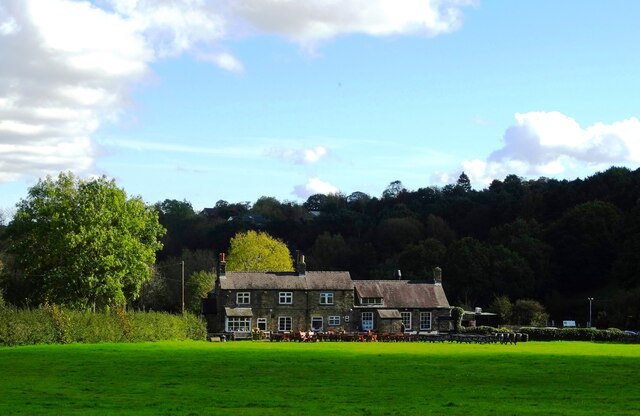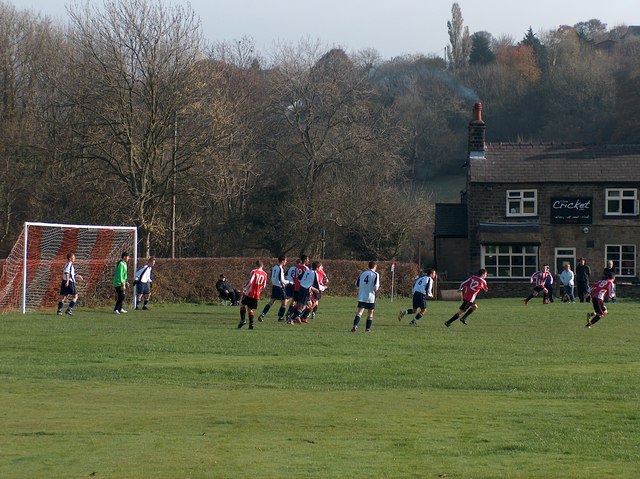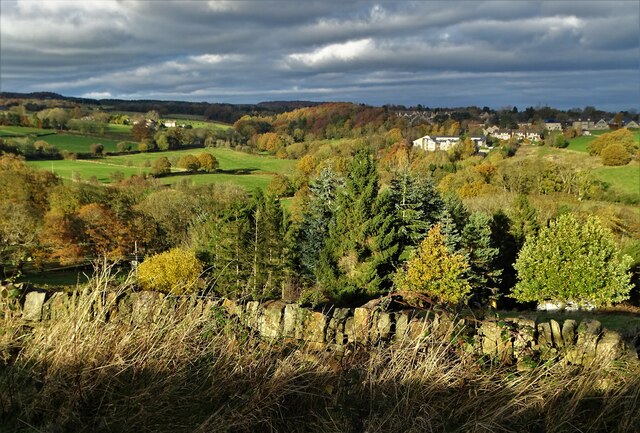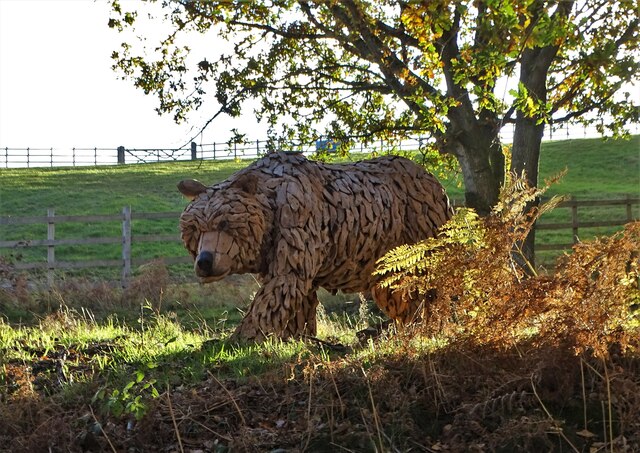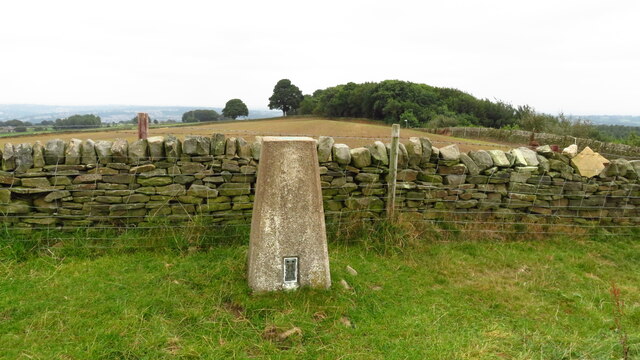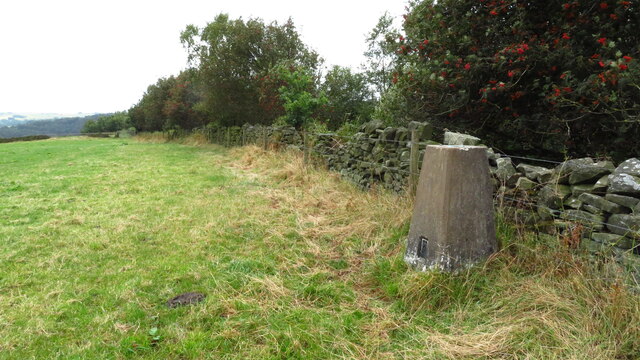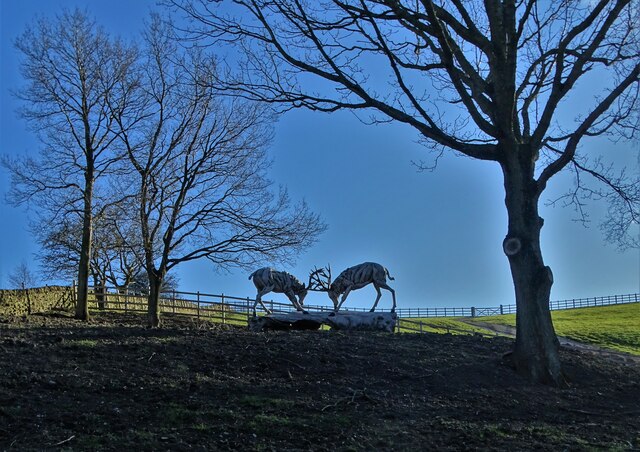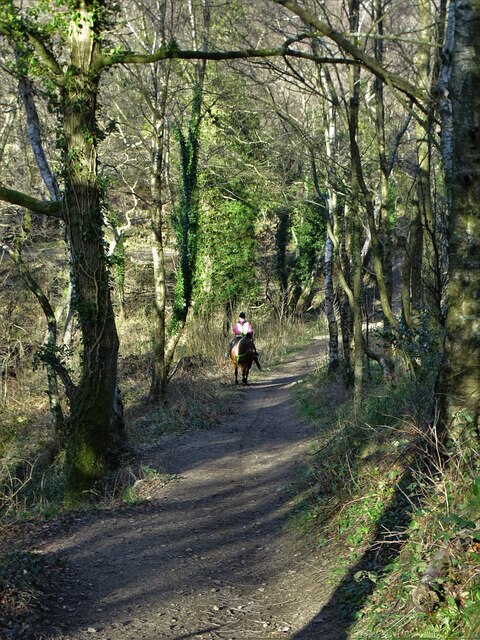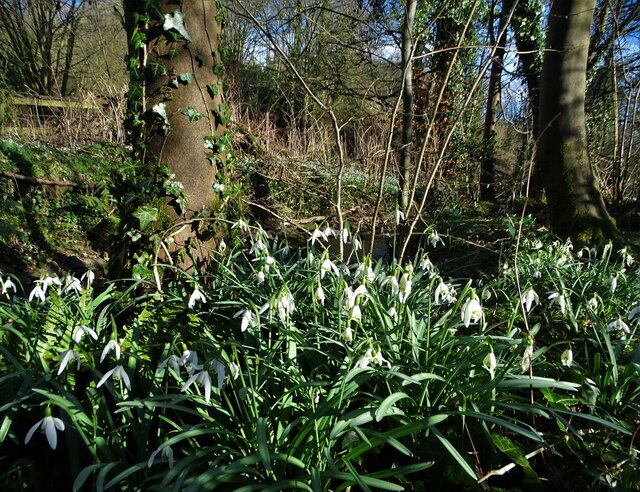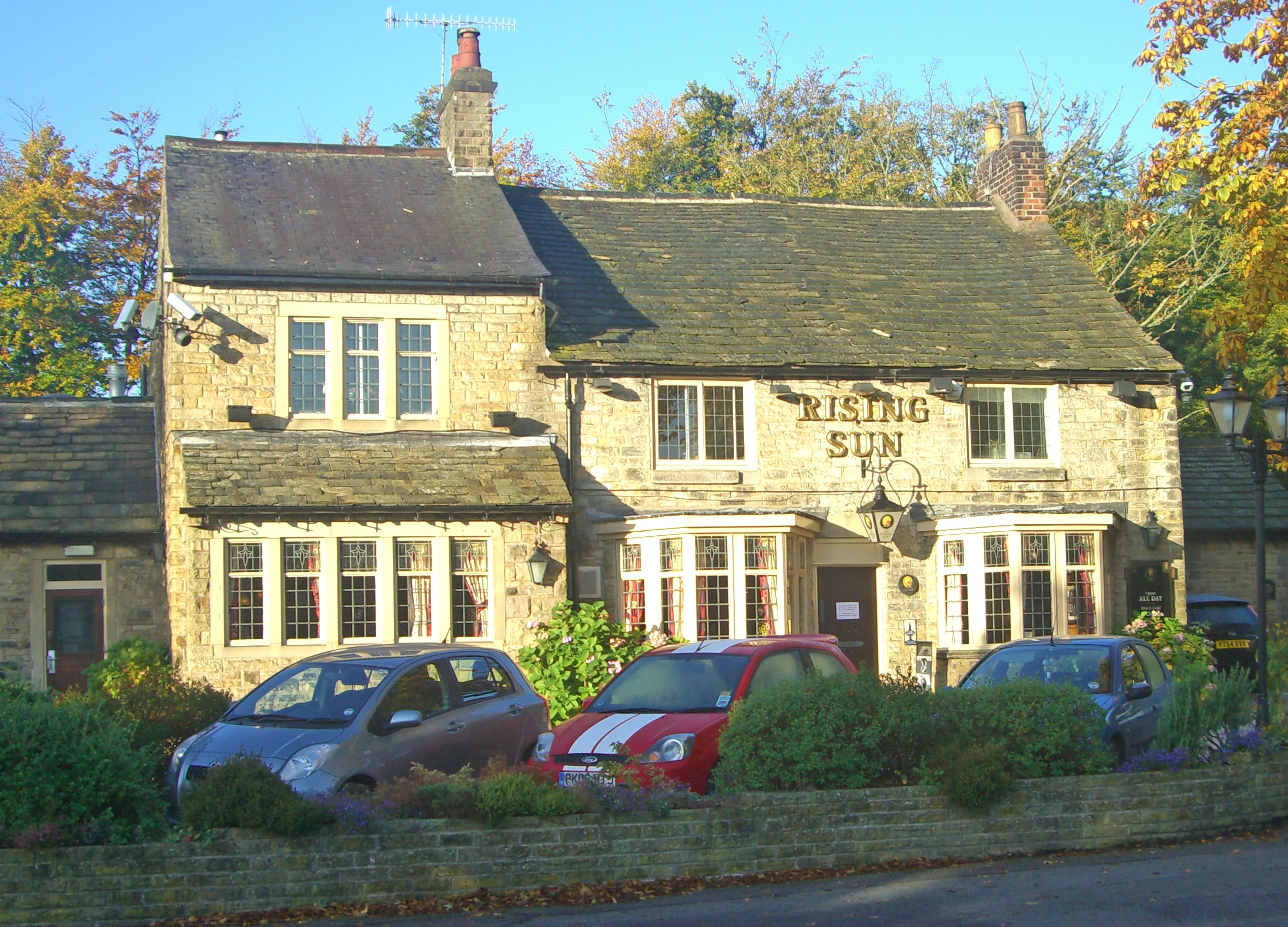Brick Houses
Settlement in Derbyshire
England
Brick Houses
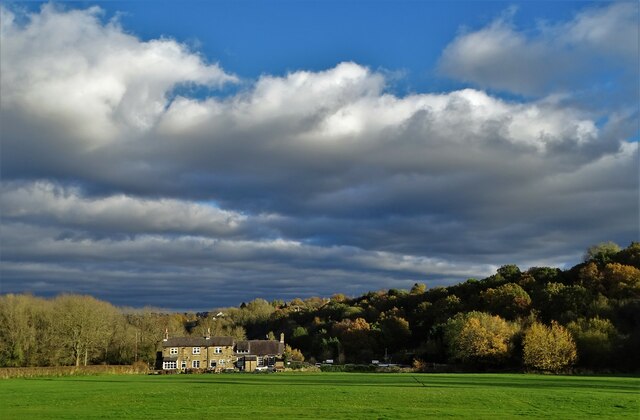
Brick Houses is a quaint village located in Derbyshire, England. Situated amidst the picturesque countryside, this rural settlement offers a charming and tranquil environment for its residents. The village is surrounded by rolling hills, lush green fields, and meandering streams, creating an idyllic setting that attracts visitors from near and far.
One of the defining features of Brick Houses is its architecture. As the name suggests, the village is known for its abundance of brick houses, which lend a sense of character and warmth to the area. These traditional buildings, with their red bricks and charming façades, contribute to the overall aesthetic appeal of the village.
In addition to its architectural beauty, Brick Houses boasts a close-knit community that is known for its hospitality and friendliness. The village has a small but vibrant population, with residents often engaging in activities and events that foster a sense of unity and togetherness. The community is proud of its heritage and takes great care to preserve the village's historical landmarks and traditions.
Brick Houses is also blessed with natural beauty, with several walking trails and nature reserves in close proximity. Outdoor enthusiasts can explore the surrounding countryside, taking in the breathtaking views and enjoying the tranquility of the area. The village is also conveniently located near larger towns and cities, providing easy access to amenities and services.
Overall, Brick Houses offers a charming retreat from the hustle and bustle of city life. With its beautiful architecture, close-knit community, and stunning natural surroundings, it is a destination that captures the hearts of both residents and visitors alike.
If you have any feedback on the listing, please let us know in the comments section below.
Brick Houses Images
Images are sourced within 2km of 53.333588/-1.547212 or Grid Reference SK3081. Thanks to Geograph Open Source API. All images are credited.
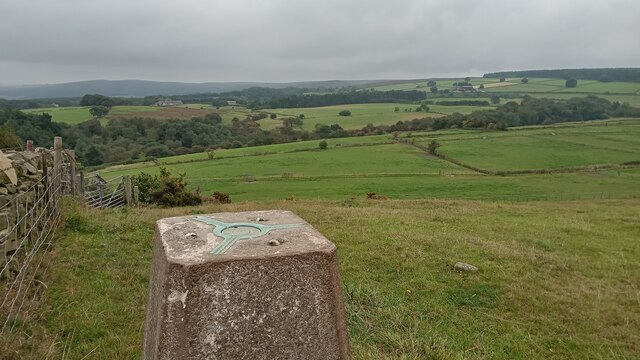
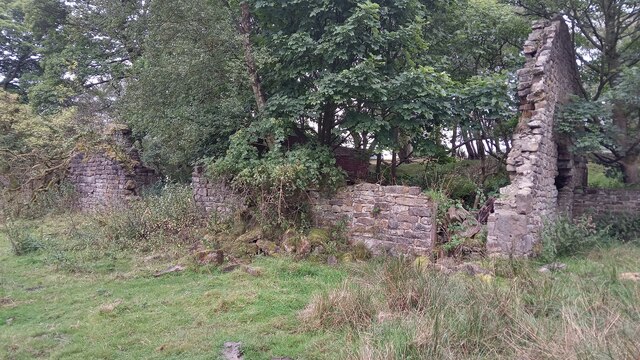
Brick Houses is located at Grid Ref: SK3081 (Lat: 53.333588, Lng: -1.547212)
Unitary Authority: Sheffield
Police Authority: South Yorkshire
What 3 Words
///dated.stands.rents. Near Dronfield, Derbyshire
Nearby Locations
Related Wikis
Dore, South Yorkshire
Dore is a large village in South Yorkshire, England. The village lies on a hill above the River Sheaf which gave Sheffield its name and, until 1934, was...
Whinfell Quarry Garden
Whinfell Quarry Garden is an early 20th century ornamental garden in Whirlow, Sheffield, built in an old quarry, containing rare trees and including a...
Whirlow Brook Park
Whirlow Brook Park is a landscaped garden of 39 acres in Whirlow, Sheffield, which are open to the public, containing Whirlow Brook Hall. It stretches...
Hollis Hospital
Hollis Hospital is an almshouse dating from 1703 in Sheffield, England. == Thomas Hollis == Thomas Hollis (1634–1718) was apprenticed to a John Ramsker...
Whirlow Hall Farm
Whirlow Hall Farm is a working farm situated on Broad Elms Lane at Whirlow in the City of Sheffield, England. Since 1979 it has been the site of the Whirlow...
Totley Brook
The Totley Brook is a stream in Sheffield, South Yorkshire, England. It rises on a millstone grit ridge some 7 miles (11 km) to the south-west of the centre...
King Ecgbert School
King Ecgbert School is a co-educational secondary school with academy status (age range 11–18) in the village of Dore in the south-west of Sheffield, South...
Whirlow
Whirlow is a suburb of the City of Sheffield in England, it lies 3.7 miles (6 km) south-west of the city centre. The suburb falls within the Dore and Totley...
Nearby Amenities
Located within 500m of 53.333588,-1.547212Have you been to Brick Houses?
Leave your review of Brick Houses below (or comments, questions and feedback).
